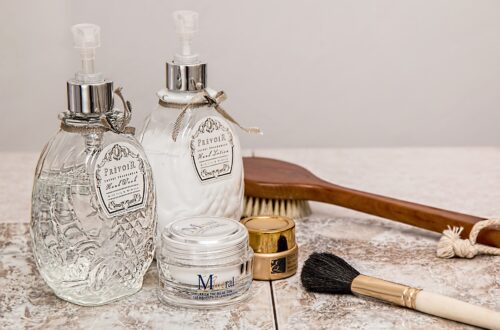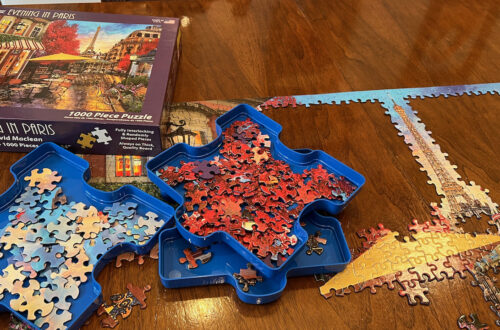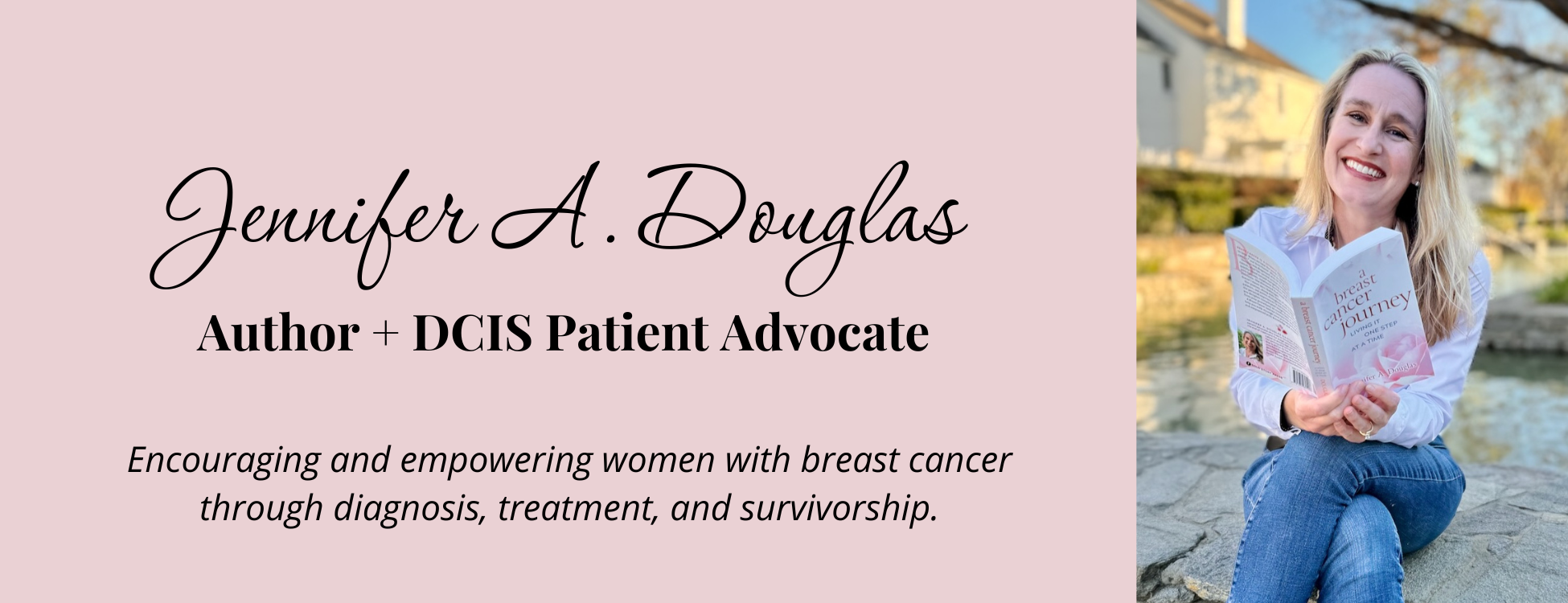
Ten Tools I Used To Walk Through Cancer Anxiety
Cancer anxiety can come up during all parts of our diagnosis and treatment journey. Here are ten tools that I used when I felt the anxiety come up. I used these throughout my breast cancer treatment. I still use them today when I feel myself becoming worried about an upcoming scan.
Please Note: These tools are not meant to be a replacement for professional mental health treatment. If you are experiencing severe symptoms, please seek immediate medical attention. Please read and understand my disclaimer before continuing.
Stage Fright
Before I was diagnosed with cancer, I didn’t have that much personal experience with anxiety in my everyday life. But, I did have performance anxiety and stage fright when facing a particularly challenging recital on my flute. I would experience shaking, worry, fears of failure, and also have trouble moving on if I made a mistake. Some of my music teachers and my family recognized and helped me deal with this anxiety when facing auditions for colleges.
I read a book called The Inner Game of Music which profoundly impacted me. This was the first time that I had specific training on dealing with the physical symptoms associated with anxiety. I learned that when musicians experience stress, it can take them out of the moment, and they can struggle to move on from a mistake. The best athletes and musicians will have a really bad memory. They must forget the minor errors and move on so that the overall performance can be saved.
Reading this book opened my eyes to the incredible power that our thoughts can have on our physical symptoms of anxiety and fear. I began to use visualization and progressive relaxation when I felt myself become anxious over a recital. I learned to identify and label my physical symptoms and also how to control my inner monologue.
Previously, I used to speak to myself in a harsh and unforgiving tone when I made a mistake on stage. The problem with that strategy is that it would derail me as I tried to finish playing the piece. If I was performing in a group, the impact of those thoughts wasn’t as noticeable. Chances are, no one heard the mistake, and I could keep going. But, when I was performing by myself on stage, I would struggle to continue. The rest of my performance would suffer because I was caught up in the few notes I missed before.
Cancer Anxiety
Performance anxiety isn’t the same thing as anxiety over medical diagnoses. The reasons for feeling the anxiety are entirely different. But, the reaction in my body was the same. As I faced biopsies, results, radiation, and the unknown, I had quite a bit of anxiety. I needed some tools to help me cope with my anxiety.
I started with things that I knew how to do. I was familiar with prayer and also with visualization. But I also tried out new things which helped me along the way. Here are some of the ways that I worked through cancer anxiety.
1. Prayer
There were many times when I was alone in a medical office awaiting an unpleasant procedure. I didn’t know what it would be like and I was feeling afraid. I did a lot of praying throughout my cancer journey. Each time I prayed, I felt comforted and encouraged. I didn’t know what was ahead of me, but I had a deep faith that God would get me through it.
2. Meditation
I wasn’t a big meditator before breast cancer. It was something that I knew about but wasn’t sure how to integrate the practice with my own spiritual beliefs. I decided to try it during my diagnosis process to see if it would help me with my racing thoughts. There has been research that meditation can be beneficial to cancer patients regarding their psycho-spiritual needs, cognitive challenges, and managing side effects.
I used a few apps for guided meditations, such as Calm and Insight Timer. I was able to learn about the different techniques and choose meditations that met my immediate needs. If I was struggling with pain, I chose a meditation that focused on that topic. When I had trouble sleeping, I would pick a soothing and calming meditation that helped me calm down and settle before bed.
3. Deep Breathing
When I wasn’t able to do a guided meditation, I would use my AppleWatch to help me with deep breathing. There is a Breathe app right on the watch, and I could use it while waiting for results or a procedure. I didn’t need headphones to use it because the app uses the haptic engine to tap my wrist on the inhales and exhales. Taking measured breaths when I felt anxious helped me focus and stay in the present moment.
4. Visualization
I used visualization quite a bit during radiation treatment. I needed to stay still for the treatment to be effective, and I was anxious with the noises that I was hearing. I would think about my favorite beach and imagine that I was enjoying the breeze, feeling the sun on my face, and hearing the gentle ocean waves. The more specific I was in doing my visualizing, the more effective it was.
Another situation that I liked to use visualization in was falling asleep. Sometimes my mind would be racing about what was next, and I wasn’t able to get the rest I wanted. I did a guided mediation that had me imagine a windmill. This windmill was blowing away the worrisome thoughts. Every time a thought popped up, I would imagine it being blown away by the windmill.
5. Progressive Relaxation
Progressive relaxation is a great technique to use in conjunction with deep breathing and visualization. . It was developed in the 1930s by Edmond Jacobson. I would practice this by tensing and relaxing different areas of my body. I would usually start at my feet and work up. One of the things that I noticed was that once I relaxed an area, it felt significantly different than it did before the exercise. I found that I commonly held tension in my legs and my jaw. I would tense and then relax those areas in particular and then almost immediately notice a change. Even as I’m writing this, I can sense the tension in my jaw, and I’m more conscious of it. It almost takes more effort to relax than it does to hold the tension.
6. Peaceful Music
I enjoy listening to peaceful music when I’m feeling stressed. If the noises in the home are causing me tension, I will put on my noise-canceling headphones and go upstairs to my room to retreat. I try to pair the peaceful music with some deep breathing, prayer, or progressive relaxation.
I recommend putting together some playlists for relaxation and having them available on your phone. Some streaming music services, such as AppleMusic or Spotify, might have playlists already put together and searchable by mood.
I also built specific playlists to help me with the anxiety I felt going through radiation. I would put on my AirPods during treatment to block out the noises of the machine. The music gave me something to focus my attention on and helped me to keep my anxiety in check.
7. Coloring
Coloring was an activity that I could do when I was waiting for a biopsy or results. It usually takes me a lot of time to finish up a page, so it helped me pass the time when I was waiting and feeling anxious. I have a coloring app on my iPad called Pigment. It has many different coloring books, so I was always able to find one that inspired me.
8. Puzzle Games
If I didn’t have a lot of time but still felt anxious, I would play a puzzle or word game on my phone or iPad. The games took less time than the coloring and allowed me to focus on something other than my anxiety. I would play many games in the waiting rooms because they were fun and helped me calm down.
9. Walking
I did a lot of walking (as my energy permitted) during my cancer diagnosis period. It was a good way that I could sort out my thoughts and worries. I enjoyed walking with Dave so that we could make plans together and talk about our fears. The fresh air, movement, and outdoor scenery helped me imagine a time where my life wouldn’t revolve around the latest test result. Walking was an active way to work out my nervous energy.
10. Yoga
Another activity that I did when I was feeling anxious was yoga. The focus on breathing and motion helped me to calm my thoughts. The stretching was helpful for me to keep from having movement issues after surgery. This was an exercise that I could do during most parts of my treatment because it was low impact. I enjoyed the way that it helped my physical and mental well-being.
Cancer treatment can be a stressful and worrisome time. I hope that these tools can help you as you walk through your particular diagnosis. If you have any other tips to share, please feel free to leave them in the comments below. I would love to know what helped you deal with your anxiety.
Jennifer Douglas
Jennifer Douglas is an author, patient advocate, and DCIS breast cancer survivor. After navigating her own breast cancer journey in 2019, she began writing and encouraging others who were newly diagnosed. Her resources include her book, "A Breast Cancer Journey: Living It One Step at a Time," and her online support course, "Encourage: Breast Cancer and Beyond." Jennifer also actively supports patients through her online presence and direct involvement in communities and support groups, offering guidance and encouragement every step of the way.


You May Also Like

Skincare During Radiation Treatment
December 8, 2020
Decision-Making During Breast Cancer Treatment: Solving A Puzzle I Never Wanted To Do
January 27, 2022

4 Comments
Linda
Bravo for all the ways you got through this hard time in your life. I learned a lot by reading this and hope to add some of these practices to my life.
Jennifer Douglas
Linda,
I hope that they are helpful to you! I’m happy to have a toolbox that I can reach into when things get tough.
Susan
Great list of strategies to get through this. I am a stage 3A and that, in and of itself, causes me anxiety. The oncologist said I have a 2 in 3 chance of a total cure. However, even if it does come back, I am banking on the ongoing advancements in treatment. Still, a scary time for me. So many women are a stage 1 but in my case, I had the “sneaky” type of breast cancer, lobular, rather than ductal. The lobular type doesn’t present with a lump, plus I have very dense breasts. It was finally picked up by a mammogram but was undoubtedly there in the past and not picked up by past mammograms. This is how it advanced to a stage 3A. On another note, I finished my chemo and had my 1st radiation treatment today.
Jennifer Douglas
Susan,
I’m glad you found this list helpful. I have learned that lobular is sneaky and hides from imaging. I hope that the combination of treatments that you are on will be successful and that radiation goes well for you. Take care, and best wishes! – Jen